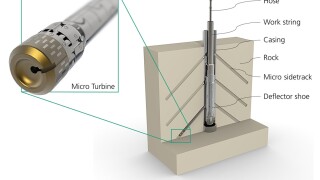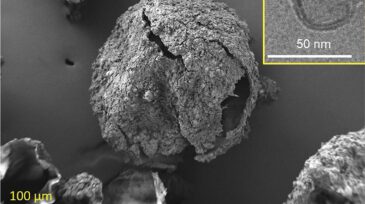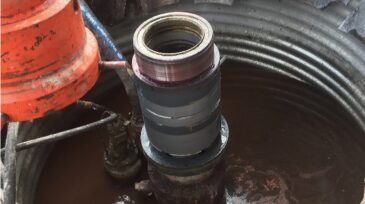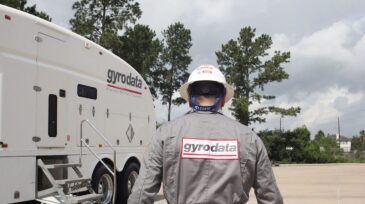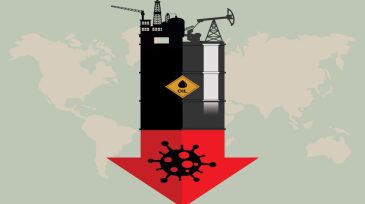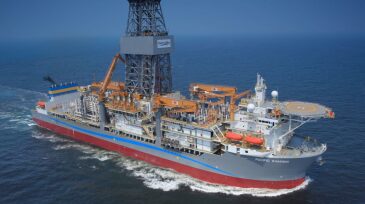Drilling
The Federal Reserve Bank of Dallas’ fourth-quarter energy survey shows that oil prices and geopolitical uncertainty are curbing enthusiasm heading into the new year.
A field test study examines micro turbine drilling in a clay formation that allows steel casing and formation to be drilled in a single operation.
The discovery in the Kutei Basin offshore Indonesia is being considered for fast-track development.
-
The amount of uncertainty related to directional drilling makes accurate drilling challenging, leaving much to human know-how and interpretation. Additionally, few path-planning methods in the literature consider the directional steering tool being used.
-
In the complete paper, a novel system that uses engineered features of permeable polymeric shell walls for the controlled release of encapsulated cargo is described.
-
This year, excellent papers have been presented, augmenting our knowledge and responding to the challenges of complex wells and efficiency requirements. At the same time as we “Strengthen the Core,” we continue to focus on design, delivery, and evaluation of cementing operations.
-
The complete paper presents a case study in which offline cementing improved operational efficiency by reducing drilling times and provided significant cost savings.
-
This study used ultrasonic logging to evaluate reference barrier cells constructed with known defects. The cell concept was developed with an emphasis on low cost and ease of use.
-
Drilling still depends on human judgment to solve many problems. Some of the problems are big, and others are related to niggling details. This article discusses three innovations aimed at improving the data flows.
-
The move to combine forces comes amid the fastest contraction in drilling activity the US shale sector has ever seen while Gyrodata will retain its international business.
-
The chapter 11 filing comes as record-low crude prices and excess supply have impacted operations across the industry. About 2,500 jobs could be at stake.
-
The Monument well represents the Norwegian operator’s first deepwater drilling project in US waters in 5 years.
-
Measuring the flow of water, mud, and cuttings from a well is critical, and difficult. A new flowmeter design that promises to be both accurate and durable is one of three technologies featured in a JPT series on drilling measurement innovation.


